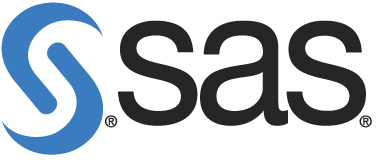
Management Backs SAS Revenue Boost
Today SAS announced that their big data management business drove 18 percent revenue growth over the course of the last year as companies sought new ways to manage increasing analytics infrastructure needs and maximize the value of their data.
 Collected under their unified SAS Data Management environment, which is gathered into part of their overall Business Analytics Framework approach, the company says that they are finding inroads with customers who know that they could realize benefits from vast wells of data but haven’t been able to formalize a comprehensive integration and management strategy.
Collected under their unified SAS Data Management environment, which is gathered into part of their overall Business Analytics Framework approach, the company says that they are finding inroads with customers who know that they could realize benefits from vast wells of data but haven’t been able to formalize a comprehensive integration and management strategy.
As part of the revenue boost, SAS says they’ve added some new data management customers to their ranks, including Blue Cross Blue Shield of Rhode Island, FedEx Corporate Services, the Michigan Department of Education, as well as a major Dutch bank and a New Zealand insurance firm.
To put the data management decisions that are spurring an investment in their solutions, they pointed to the non-profit Nature Conservancy, which is using SAS data management technologies to analyze gaps in donor funding in order to better target their fundraising approaches.
The company says that their data management technologies are driving some of the most complex management environments, including those at the US Census Bureau, the New Zealand Department o Labor, the lottery system in Finland and the U.S. Coast Guard.
The company claims that the data management end of their business, which is supported by their acquisition of DataFlux over a decade ago has propelled this growth, saying that the integrated companies are collaborating to address the ceaseless need for robust data management solutions.
A recent study they sponsored in conjunction with the Economist Intelligence Unit found that there is significant competitive advantage to having a sound data management plan in place, but that 82 percent of the respondents admitted that they did not have a formal plan in place. Further, the study found that over half of those who did have a formalized plan in place saw a direct competitive advantage.































